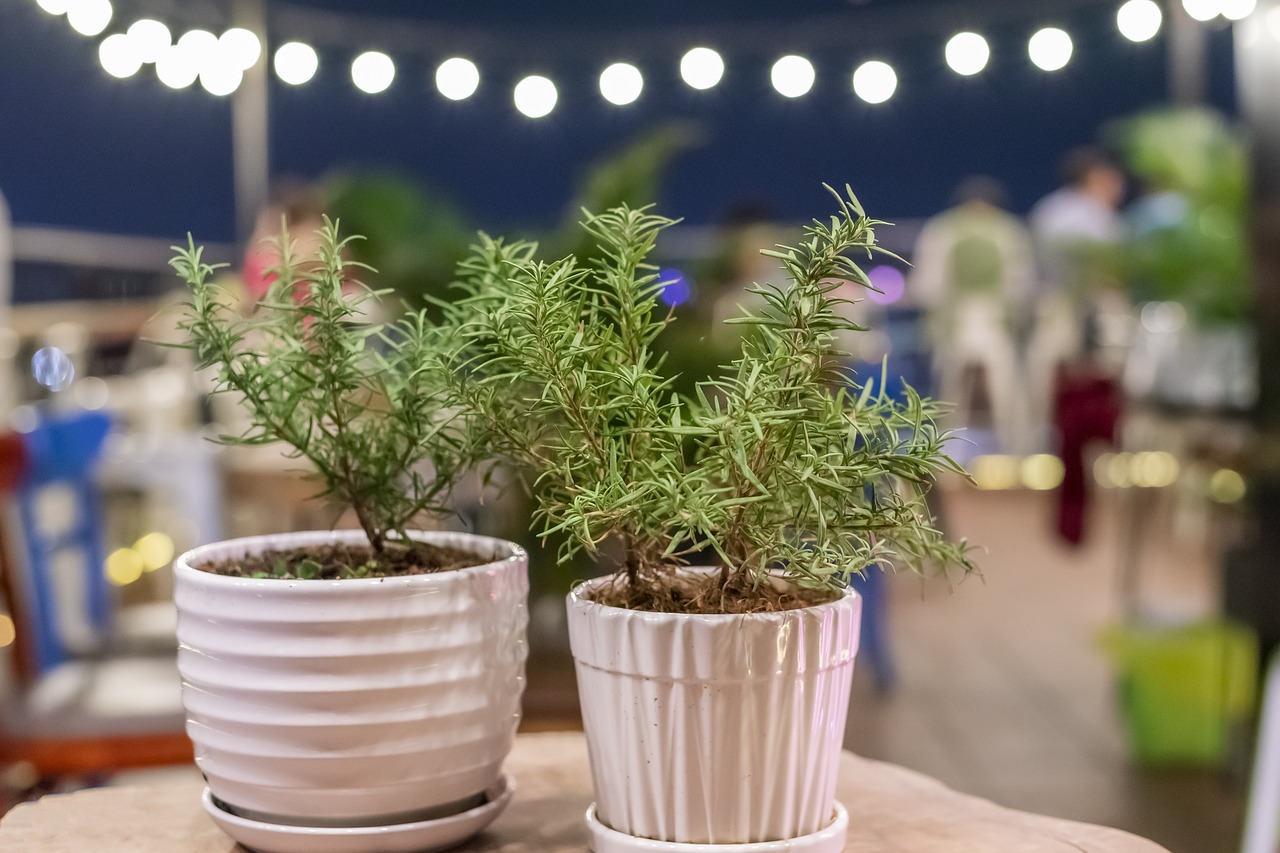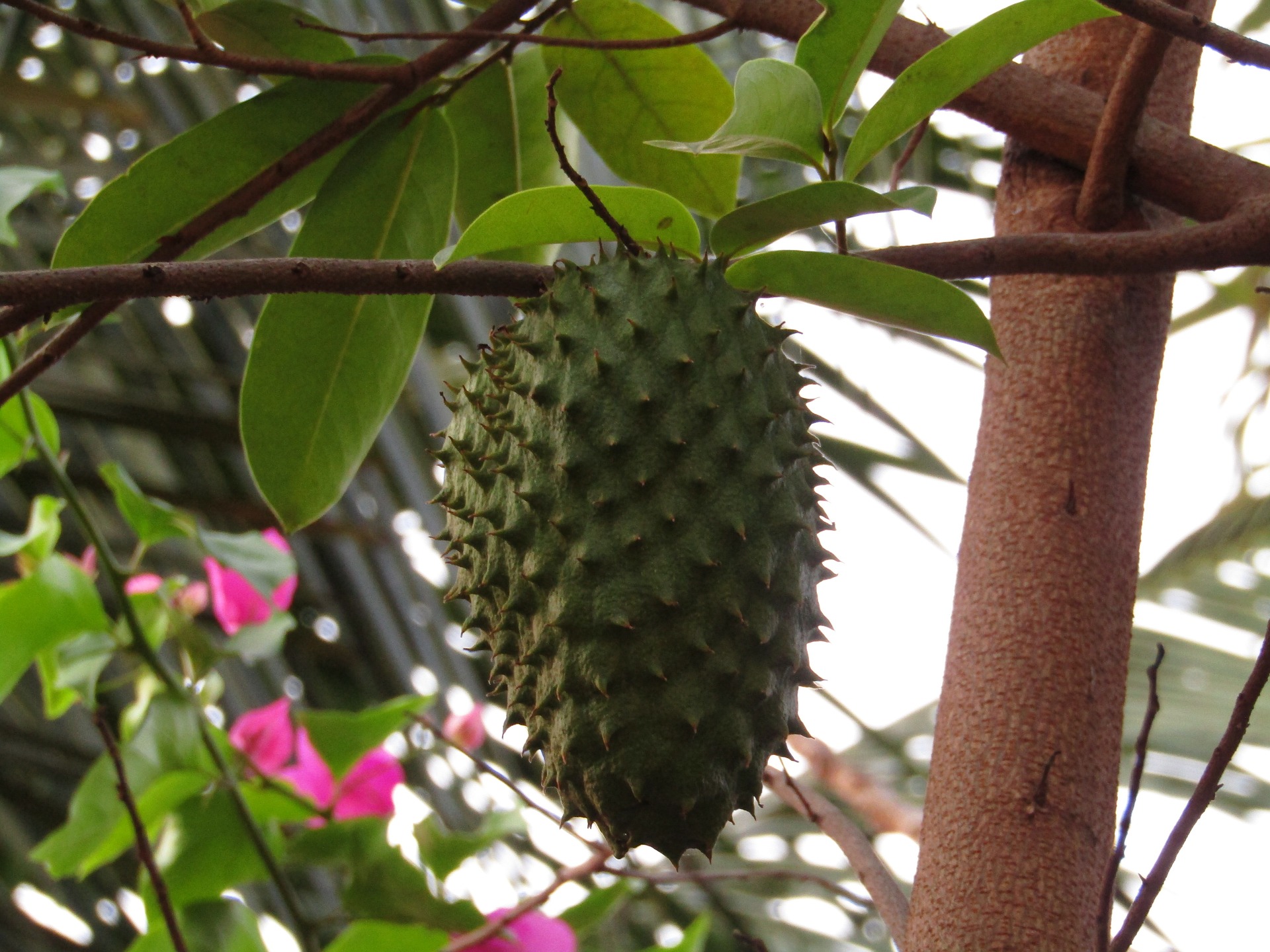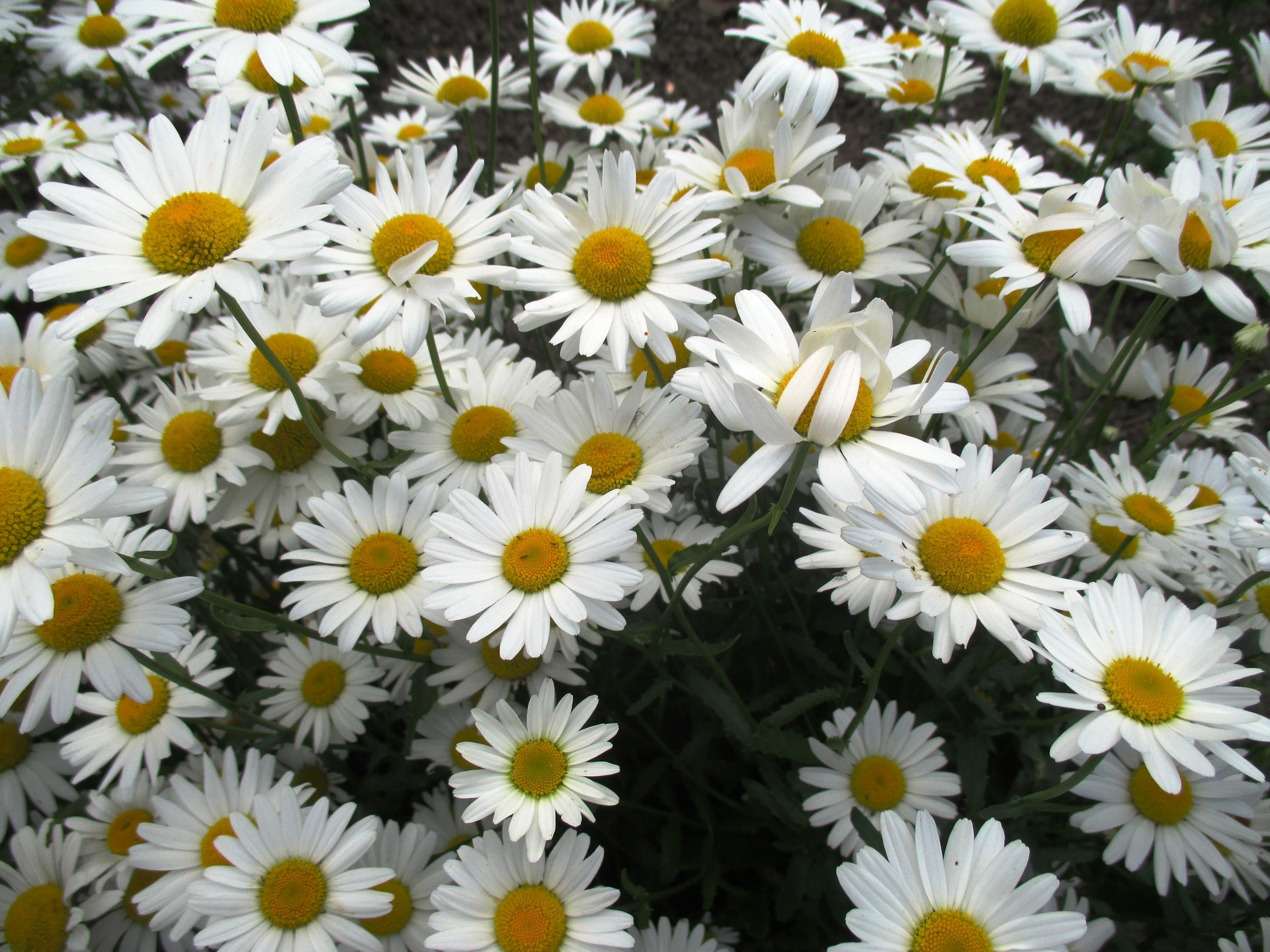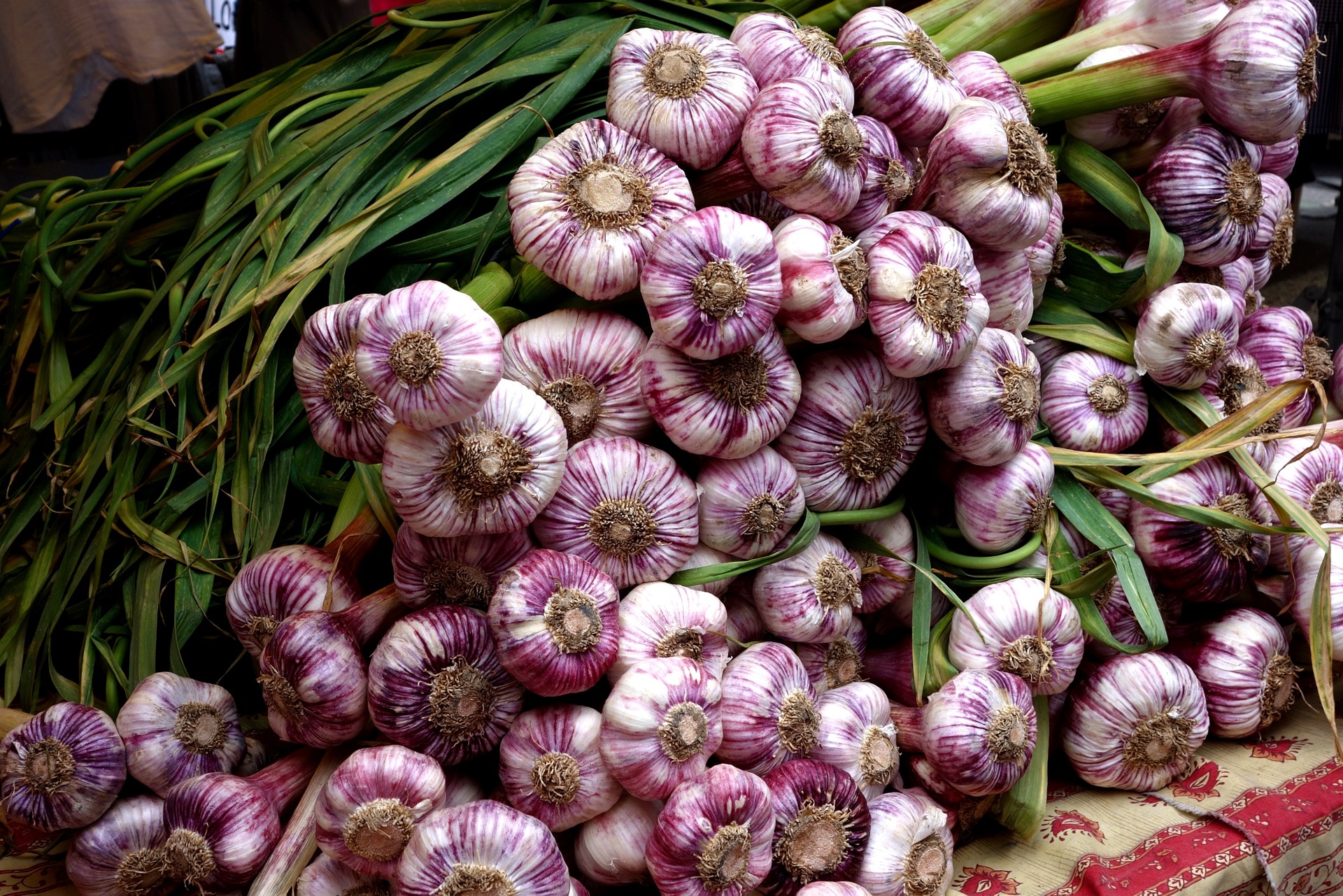Rosemary is a wonderful herb to grow at home, due to its wide range of culinary applications and its delightful fragrance, which adds a refreshing aroma to its surroundings.
Rosemary is challenging to grow from seeds, due to less successful germination rates, so it is commonly grown from cuttings which deliver more success. Rosemary is also a slow growing plant and faster growth is achieved more easily from cuttings.
Take Cuttings
The best time to take Rosemary cuttings is during spring or early summer because this is when plants are actively growing. Choose healthy looking non flowering stems for your cuttings from an established plant. The plant stems should be about 4-6 inches long and free from any signs of disease or damage.
Prepare the Cuttings
Use clean, sharp scissors or pruning shears to take the cuttings. Make a diagonal cut just below a leaf node (where the leaves meet the stem).
Remove the lower leaves from the bottom 2-3 inches of the cutting to expose the nodes where roots will form.
Dip stems in Rooting Hormone
Dip the cut end of the stem cuttings in root hormone powder to speed up the rooting process.
Planting
Fill small pots with a well-draining potting mix. Make holes in the soil using a pencil or your finger and gently insert the cuttings into each hole, pressing the soil around them. Ensure cuttings are placed upright in the pots.
Watering
Water the cuttings thoroughly after planting to settle the soil around the stem. Ensure the soil is evenly moist but not waterlogged.
To maintain humidity, you can cover the pot with a clear plastic bag or a dome to create a mini greenhouse environment.
Positioning plants
Place pots in a warm, bright location with indirect sunlight. Avoid placing them in direct sunlight, as this can cause the cuttings to dry out.
Keep the cuttings away from drafts and extreme temperature fluctuations.
Caring and maintenance
Mist the plants daily and monitor the moisture level of the soil and water the cuttings when the top inch of soil feels dry.
Remove any leaves that show signs of wilting or yellowing.
After 2-3 weeks, gently tug on the base of the cuttings to test if roots have formed. If you feel resistance, it indicates that roots have formed.
Transplanting
After around 3-4 weeks, plants have developed a stable root system and are ready for transplanting. Transplant them into larger pots (3-4in in diameter) or directly into the garden.




